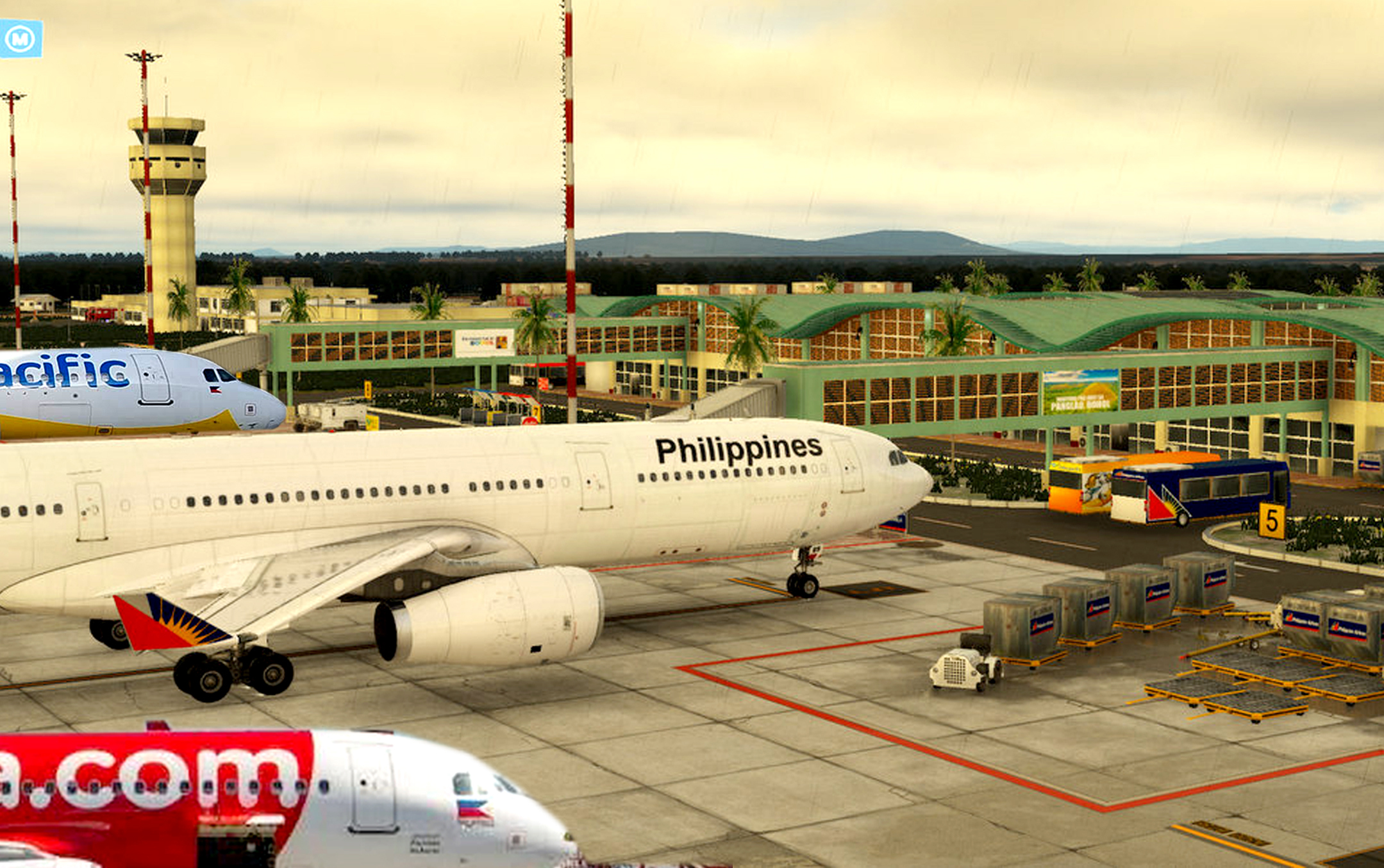NOTE: THIS STORY WAS FIRST PUBLISHED IN THE BOHOL CHRONICLE’S SUNDAY PRINT EDITION.
Aboitiz InfraCapital, Inc. will finally assume the management and operation of the Bohol Panglao International Airport on June 22, 2025.
This is the final date of assumption after the Department of Transportation (DoTr) awarded the company the P4.53-billion contract for the operations and maintenance of the airport.
No other company showed interest to operate the Bohol airport until the last Monday which was the last day to accept bids from other interested entities.
The airport since its opening on November 28, 2018, is being managed by the government under the Civil Aviation Authority of the Philippines (CAAP).
The takeover by Aboitiz Group has long been awaited since during the term of former Pres. Rodrigo Duterte, according to former Secretary Ernesto Pernia of the National Economic Development Authority (NEDA), who was responsible for the approval of the additional budget used in the construction of the airport’s second floor and the extension of its original runway.
The supposed takeover of Aboitiz during Duterte’s term never materialized until the resignation of Pernia as NEDA secretary.
There was no challenge submitted by any challenger during the competitive challenge period, according to DOTr Undersecretary Timothy John Batan, chairman of the pre-qualification bids and awards committee.
A highly placed source from Aboitiz Group told the Chronicle that the notice of award will be issued on November 28 this year.
Aboitiz InfraCapital President and Chief Executive Officer is Cosette V. Canilao
30-YEAR CONTRACT FOR MANAGEMENT
Under the Public-Private partnership (PPP), the concession agreement for the New Bohol-Panglao International Airport covers a 30-year period.
The contract involves upgrades, expansion, and maintenance of the airport within a 30-year period from the start of the turnover.
NEDA said the project is among the government’s flagship infrastructure initiatives for this year.
The infrastructure arm of the Aboitiz group is also set to take over the operations and maintenance of the P12.75-billion Laguindingan International Airport in Misamis Oriental next year partnering with Ireland-based daa International.
BOHOL AIRPORT’S HISTORY
The first feasibility study of the airport was conducted in 2000 during the Estrada administration.
On September 4, 2012, President Benigno Aquino III, head of the NEDA Board of the Philippines, approved a resolution giving the green light for the construction of the airport. The proposed airport was to be funded through Official Development Assistance (ODA) instead of the Public-Private Partnership (PPP), an infrastructure-building program of the government of the Philippines wherein the private sector may participate in any of the schemes authorized by its build-operate-transfer law.
On March 27, 2013, the Japan International Cooperation Agency signed an agreement with the Republic of the Philippines to build the Bohol–Panglao International Airport at 10.78 billion yen under the project name New Bohol Airport Construction and Sustainable Environment Protection Project. The signing signaled the roll out for the construction of a new airport in the province of Bohol at an island adjacent to Tagbilaran Airport. Despite the location of the airport, which is just outside of Tagbilaran, it adapted the IATA code: TAG from the old airport, which was located in the heart of Tagbilaran.
Initially, the airport’s cost was pegged at ₱4.8 billion pesos to build but was later increased.
On June 9, 2014, six Japanese firms submitted bids for construction of the proposed airport at a cost of ₱7.14 billion to be funded from official development assistance (ODA) loan from the Japan International Cooperation Agency. On December 15, the Department of Transportation and Communications started its search for bidders to bid out for the operations and maintenance (and future extension) of the airport under a concession model.
Following the selection of Japanese Airport Consultants (JAC) for the design and consultancy work on the project, and the consortium of Chiyoda Corporation and Mitsubishi Corporation as the prime contractors, construction started on June 22, 2015. In its initial plan, the project was expected to be finished in 2016 but was repeatedly delayed.

